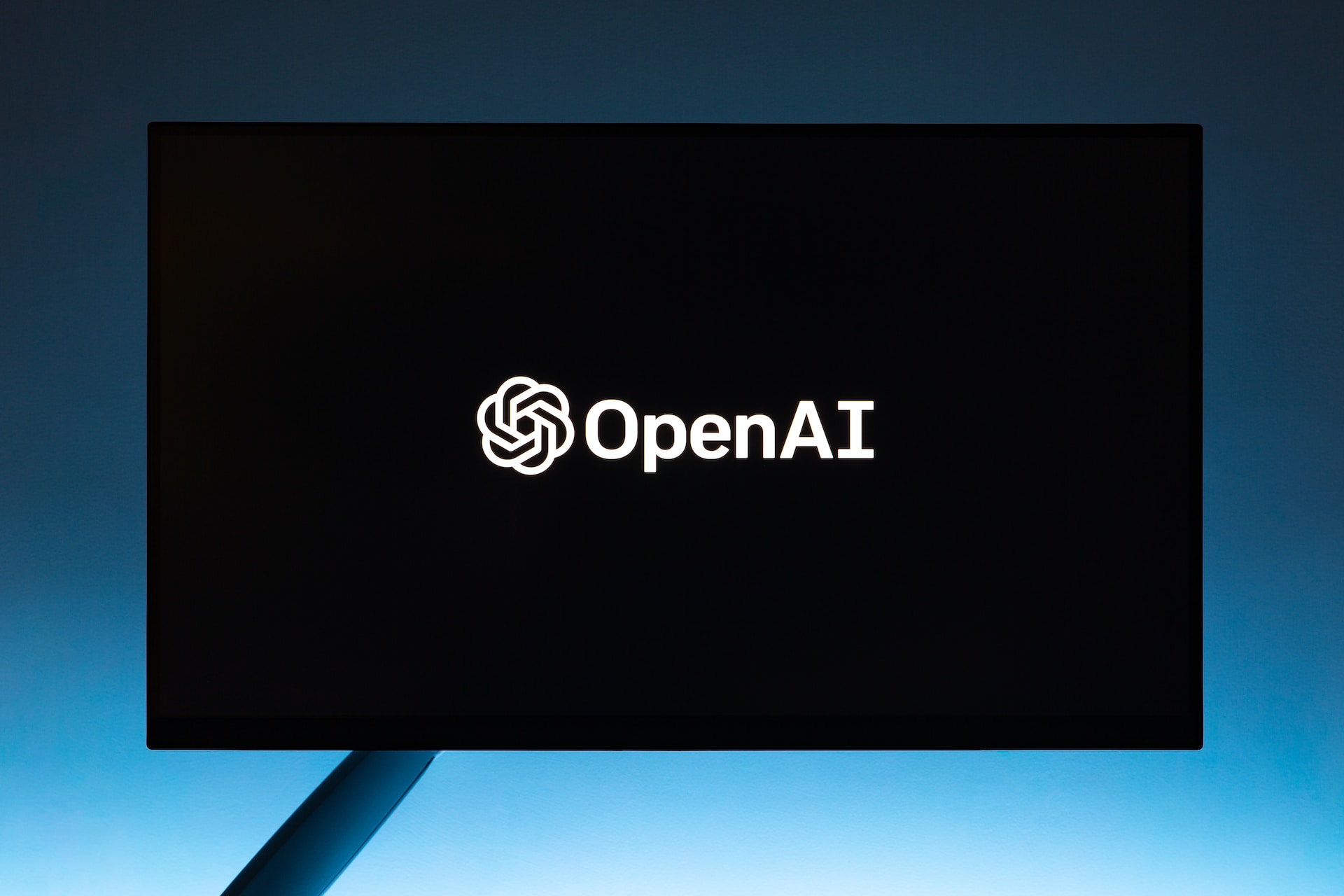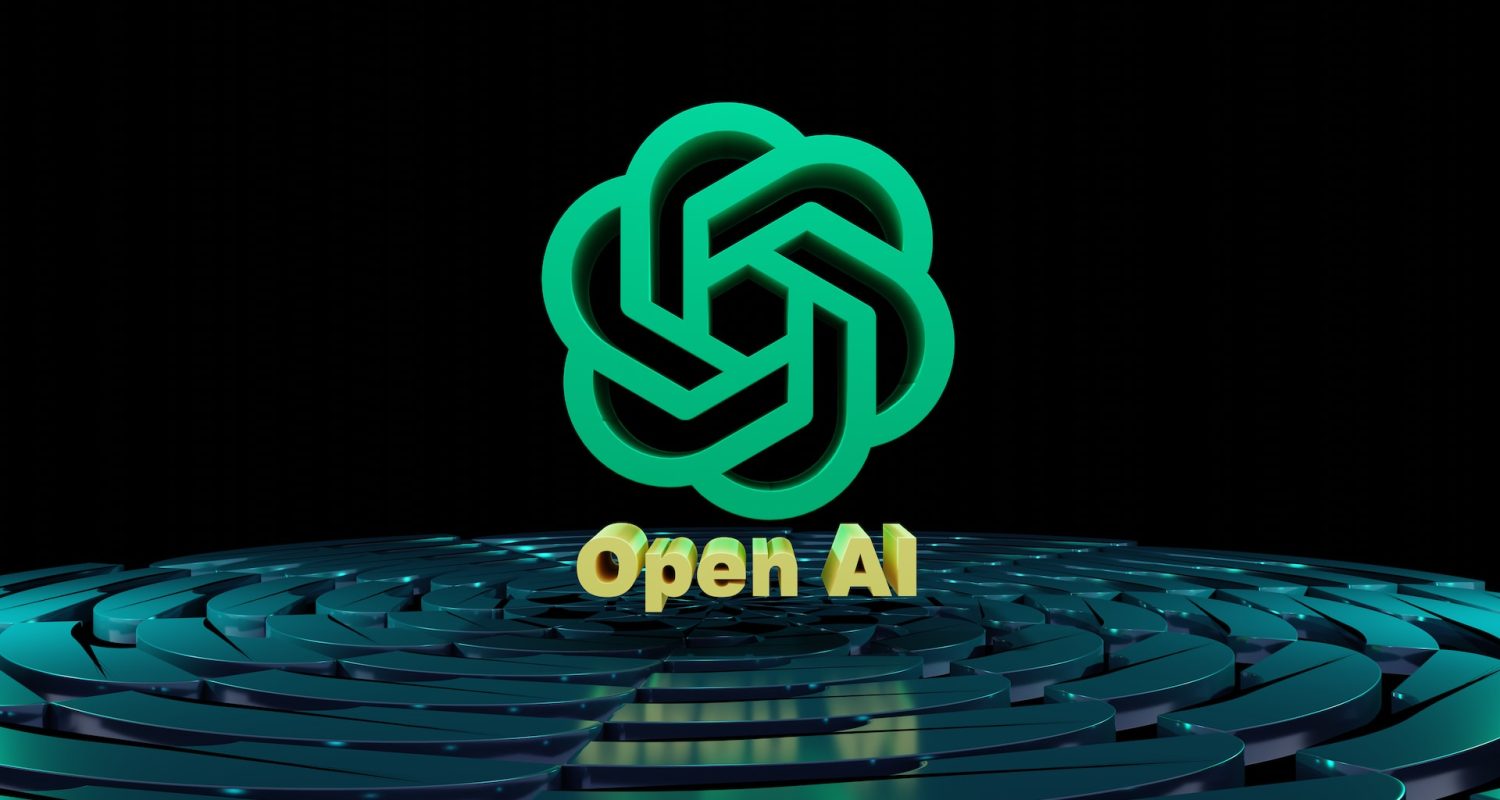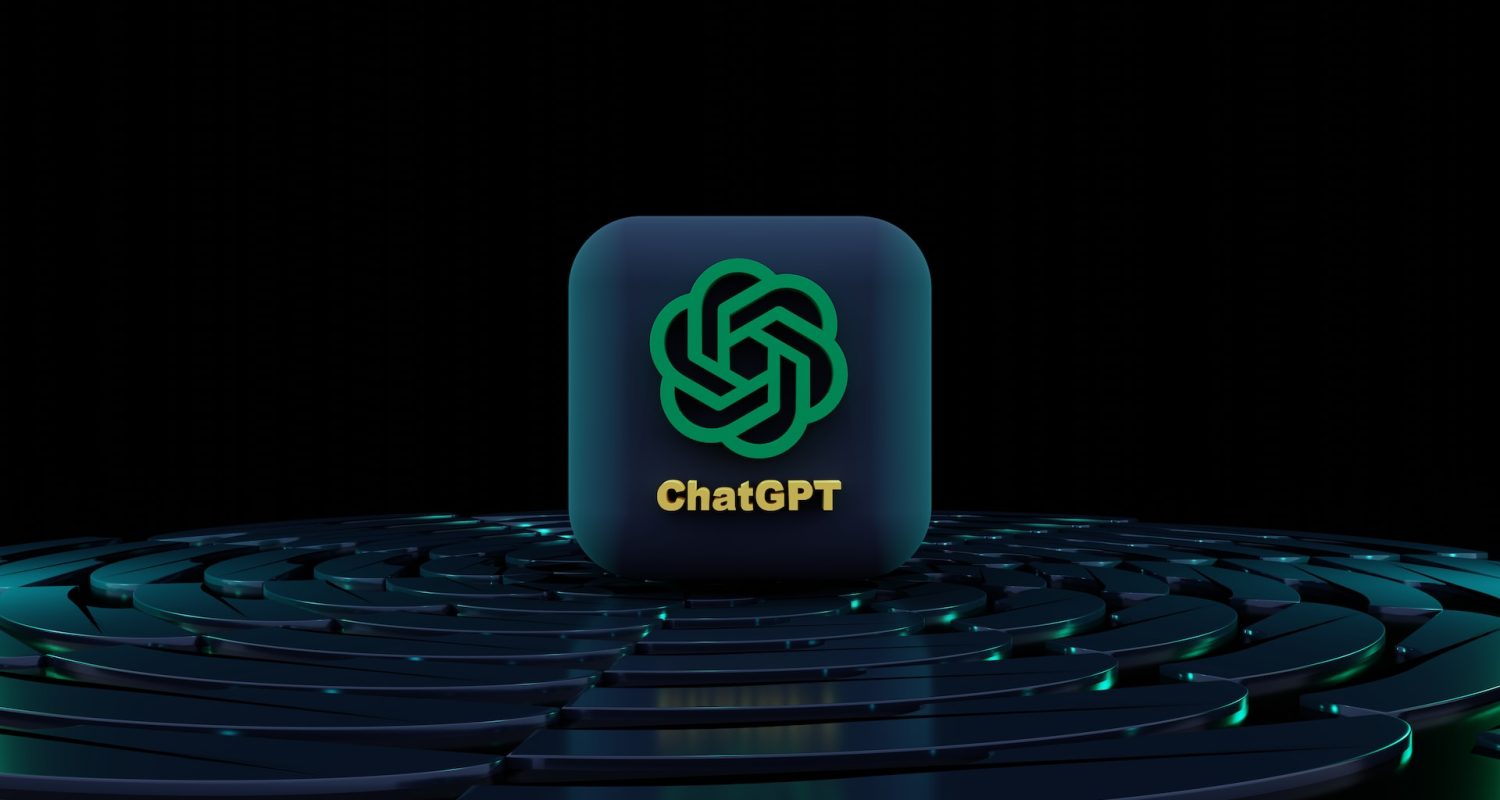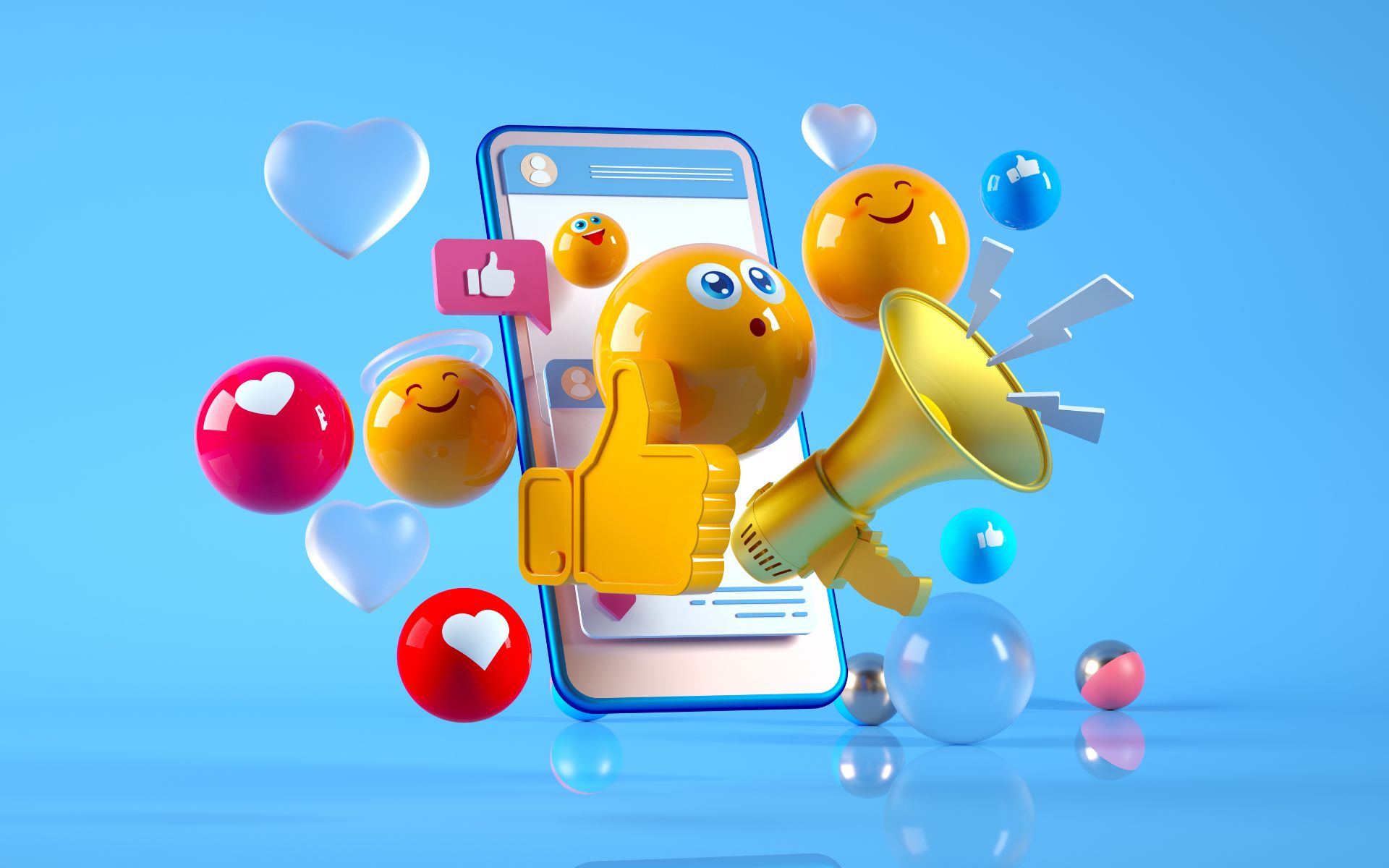
Can ChatGPT Replace Content Writers? Exploring the Potential of AI GPT Technology in Content Creation

AI GPT (Generative Pre-trained Transformer) technology is a state-of-the-art language model that uses artificial intelligence (AI) to generate human-like text. It was developed by OpenAI, a research organization dedicated to developing safe and beneficial AI. GPT is based on a deep learning architecture called Transformers, which enables it to process vast amounts of data and generate text that is similar in style and tone to human-written content.
ChatGPT uses a technique called unsupervised learning, which means that it is trained on large amounts of text data without being explicitly taught how to write. Instead, it learns the patterns and structures of language by analyzing massive amounts of text data, such as books, articles, and websites. This allows ChatGPT to generate text that is fluent, coherent, and natural-sounding.
Potential of AI GPT technology
AI GPT technology has enormous potential in a variety of applications. One of the most significant potential applications is in the content creation industry. ChatGPT can generate high-quality content in a matter of seconds, which could revolutionize content creation by making it faster and more efficient. This could help businesses save time and money by reducing the need for human content writers.
ChatGPT can also be used to create personalized content that is tailored to the needs of the target audience. By analyzing data on the target audience, ChatGPT can generate content that is more likely to resonate with them, increasing engagement and conversion rates. This could be particularly useful in industries such as marketing and advertising.
Another potential application of AI GPT technology is in language translation. GPT can be trained on large amounts of text data in different languages, allowing it to generate accurate translations quickly and efficiently. This could be particularly useful in industries such as travel and tourism, where accurate and fast translation is essential.
How AI can replace content writing
AI’s ability to generate human-like text:
One of the main reasons why ChatGPT technology has the potential to replace content writers is its ability to generate human-like text. ChatGPT is trained on massive amounts of text data, allowing it to learn the patterns and structures of language. This enables it to generate text that is similar in style and tone to human-written content.
Moreover, AI GPT technology has the ability to learn and adapt to different writing styles. By analyzing different writing styles, ChatGPT can generate content that is tailored to the needs of the target audience. This could be particularly useful in industries such as marketing and advertising, where targeted and persuasive content is essential.
AI’s speed and efficiency:
Another reason why AI GPT technology could replace content writers is its speed and efficiency. GPT can generate high-quality content in a matter of seconds, which could revolutionize content creation by making it faster and more efficient. This could help businesses save time and money by reducing the need for human content writers.
AI’s capacity to process vast amounts of data:
ChatGPT technology has the capacity to process vast amounts of data. This enables it to generate content that is informed by data-driven insights. By analyzing data on the target audience, GPT can generate content that is more likely to resonate with them, increasing engagement and conversion rates. This could be particularly useful in industries such as marketing and advertising.
Reasons why AI won’t be able to replace content writers in the near future

AI lacks creativity and emotional intelligence:
Despite its ability to generate human-like text, ChatGPT technology lacks creativity and emotional intelligence. While GPT can generate content that is similar in style and tone to human-written content, it cannot generate content that is truly original or creative. This is because creativity and emotional intelligence are uniquely human qualities that cannot be replicated by AI.
Moreover, AI GPT technology is limited by the data it is trained on. While it can learn from massive amounts of text data, it cannot generate content that is based on personal experiences or emotions. This means that AI-generated content may lack the depth and authenticity of human-written content.
AI may struggle with context and nuance:
Another reason why ChatGPT technology may struggle to replace content writers is its difficulty in understanding context and nuance. While GPT can generate content that is similar in style and tone to human-written content, it may struggle to understand the nuances of language and context. This could lead to inaccuracies or misunderstandings in the content generated by AI.
For example, ChatGPT may struggle to understand the subtleties of cultural references or slang. This could lead to content that is inappropriate or offensive to the target audience. Human content writers, on the other hand, have the ability to understand and interpret context and nuance, allowing them to generate content that is accurate and appropriate.
AI cannot replicate human experiences and perspectives:
ChatGPT technology cannot replicate human experiences and perspectives. While it can generate content that is informed by data-driven insights, it cannot replicate the unique perspectives and experiences of human content writers. This means that AI-generated content may lack the personal touch and authenticity that human-written content can provide.
Human content writers have the ability to adapt and evolve their writing styles based on their experiences and perspectives. This enables them to create content that is truly original and authentic. AI GPT technology, on the other hand, is limited by the data it is trained on, which can lead to content that is formulaic and lacks originality.
Overall, while ChatGPT technology has the potential to replace content writers in some applications, it is limited by its inability to replicate human creativity, emotional intelligence, context and In addition to its limitations in creativity and emotional intelligence, AI may also struggle with context and nuance. While AI can process vast amounts of data, it may not fully understand the context in which certain phrases or words are used. For example, a phrase that has a positive connotation in one context may have a negative connotation in another. An AI system may not be able to accurately determine the intended meaning of a piece of content without a deep understanding of the context in which it was created.

AI cannot replicate human experiences and perspectives. Humans bring their unique experiences, backgrounds, and perspectives to their work, which allows them to create content that resonates with a particular audience. While AI may be able to analyze data and identify patterns, it cannot replace the human touch that is necessary to create content that connects with people on a deeper level.
Despite these limitations, AI is becoming increasingly sophisticated, and there are certainly cases where AI-generated content can be effective. For example, some news organizations have used AI to generate reports on topics such as financial earnings reports or sports scores. AI-generated content can also be useful in creating product descriptions or other forms of content that require a high degree of accuracy and consistency.
Ultimately, the most effective approach to content creation is likely to be a hybrid approach that combines the strengths of both humans and AI. By leveraging the strengths of AI, such as its speed and ability to process vast amounts of data, content creators can free up time and resources to focus on the more creative aspects of content creation, such as storytelling and emotional engagement.
In conclusion, while AI has made great strides in recent years, it is unlikely that it will be able to fully replace content writers in the near future. AI-generated content may be useful in certain contexts, but it lacks the creativity, emotional intelligence, and human perspective that is necessary to create truly engaging and effective content. Nevertheless, by combining the strengths of both humans and AI, content creators can harness the power of AI to create more effective and engaging content. As AI technology continues to advance, it will be interesting to see how it impacts the content creation industry, and what new opportunities and challenges it will bring.
Increasing sophistication of ChatGPT technology
GPT-3:

The most advanced AI language model to date is the GPT-3 (Generative Pre-trained Transformer 3) created by OpenAI. It is capable of generating high-quality human-like text on a wide range of topics, from news articles and blog posts to poetry and song lyrics. GPT-3 is trained on a massive dataset of human-written text, which enables it to learn patterns and structures in language and produce text that is indistinguishable from that written by a human.
However, despite its impressive capabilities, GPT-3 has its limitations. One of the main limitations is that it lacks common sense reasoning, which makes it prone to producing nonsensical or inaccurate outputs in certain situations. For instance, GPT-3 may generate a sentence that is technically correct, but does not make sense in the context of the overall piece of content. Another limitation is that it can produce biased or offensive content, as it learns from the biases and prejudices present in the dataset it is trained on.
Despite its limitations, GPT-3 has already had a significant impact on the content creation industry. It has been used to generate news articles, blog posts, and even entire websites. It has also been used to create chatbots and virtual assistants that can converse with humans in a natural and engaging way. GPT-3 has the potential to revolutionize content creation by reducing the time and resources needed to produce high-quality content.
GPT-4:

OpenAI is currently working on the development of GPT-4, which is expected to be even more powerful than its predecessor. While details about GPT-4 are scarce, it is anticipated to have even more advanced capabilities than GPT-3, including the ability to reason, understand cause and effect, and generate more nuanced and sophisticated language.
The potential impact of GPT-4 on the content creation industry is significant. It could drastically reduce the time and cost required to produce high-quality content, and enable content creators to focus on the more creative and strategic aspects of content creation. GPT-4 could also be used to create highly personalized content for individual users, based on their preferences and browsing history. This could lead to a more engaging and personalized user experience, which could improve customer engagement and satisfaction.
However, as with any new technology, there are also potential risks and challenges associated with GPT-4. One concern is that it may further exacerbate the problem of fake news and misinformation, as it could potentially be used to generate highly convincing but false content. Another concern is that it may lead to job losses in the content creation industry, as AI-generated content becomes more widespread.
In final conclusion, we can say that ChatGPT technology has tremendous potential to revolutionize the content creation industry by making it faster, more efficient, and more personalized. However, it also has limitations in terms of creativity, emotional intelligence, and context and nuance, which make it unlikely to fully replace human content writers in the near future.
As AI GPT technology continues to advance, it is important to be mindful of the potential risks and challenges associated with it, and to use it in a responsible and ethical manner. While AI-generated content can be useful in certain contexts, it should be viewed as a tool to complement human creativity and expertise, rather than a replacement for it.
Looking to the future, the development of GPT-4 and other advanced AI language models will likely lead to even more powerful and sophisticated AI-generated content. As content creators and consumers, it will be important to stay informed about the latest advancements in ChatGPT technology, and to be mindful of the potential opportunities and challenges they bring.












